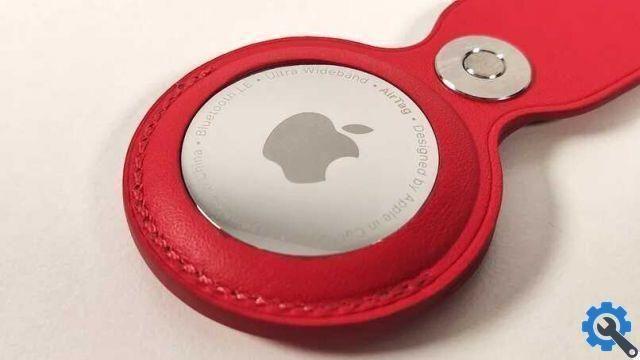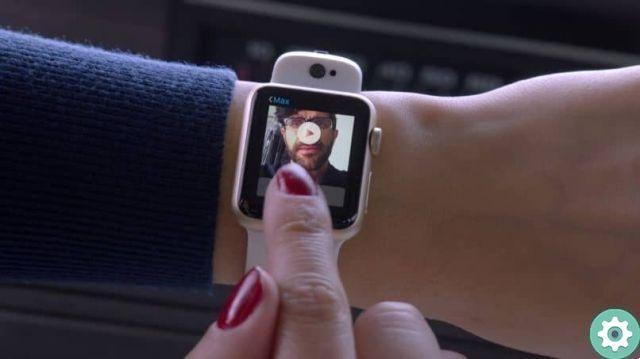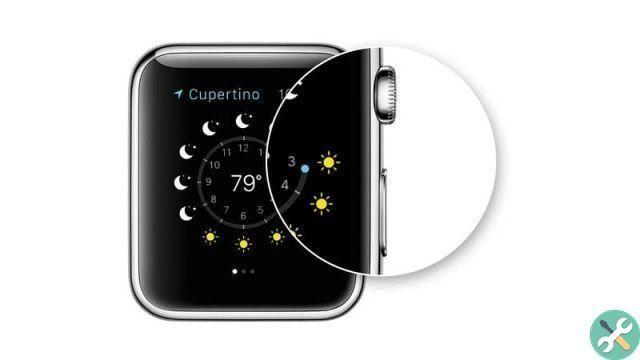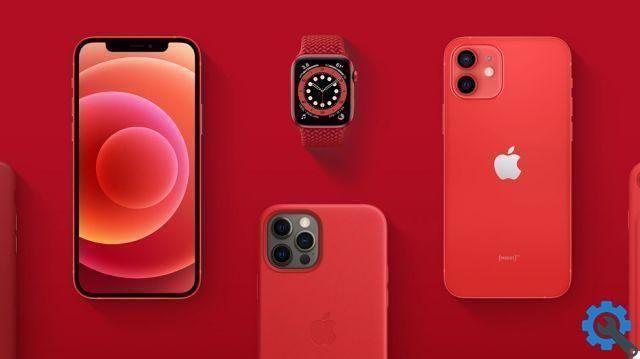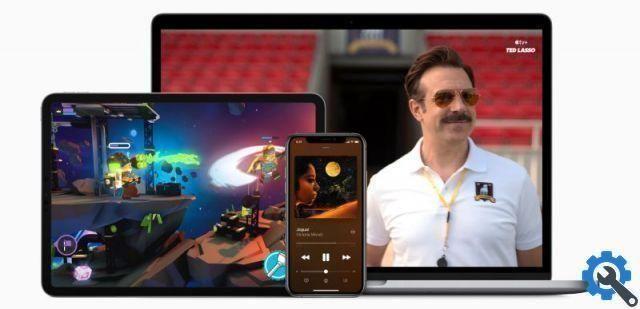Kevin Lynch, Apple's vice president of technology, spoke with TechCrunch to explain the evolution of the health study from the origins of the Apple Watch to what's new in iOS 15.
Tim Cook has said on a few occasions that one of Apple's greatest contributions to humanity will be advances in health. While it may seem grandiose or pompous at times, the truth is that the continuous improvements Apple incorporates into the capabilities of its devices are setting new frontiers in how the devices we carry around all day can help us.

Dice Kevin Lynch:
“It's been amazing how much it has evolved over time,” Lynch said, referring to the original Health app. “It actually started with the Apple Watch, where we were capturing heart rate data for calorimetric activity and closing the [Activity] ring, and we needed somewhere to put the heart rate data. So we created the Health app as a place to store data ”.
From heart rate monitoring to the stability study that iOS 15 will provide, many things that now seem normal to us have emerged both from the uses that customers make of the products and from the clinical analysis of what can be done with the data that is collected.
On how the health focus came about on the Apple Watch, Lynch adds:
“We've already shown people their heart rate and they could check it, even though we used it for calorimetry. But some users actually checked their heart rate when not exercising and found it high. […] They were going to talk to their doctor, and the doctor found a heart problem, and we started getting letters about it. We still get letters about our work in this area today, which is surprising. But some of those first letters they gave us. trace."
From there, Apple started investing more by thinking about more areas where they could get similar information. Rather than waiting for user behavior to identify new areas to explore (although Lynch says it's still important to the team), the company has started hiring more doctors and medical researchers to chart the way forward on health issues.
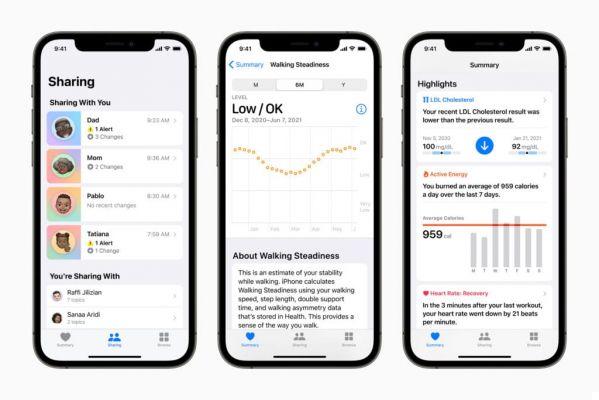
An example of the findings was announced at WWDC: Walk Stability is a new metric that provides a simple score of how stable the average Apple Watch wearer is.
On this, says Kevin Lynch:
“Constant walking […] actually arose from detecting falls. We were working on fall detection and it worked very well, but as we worked on it, we wondered how we can help people not to fall, rather than just detecting that they have fallen. "
When the time came, according to the Apple manager: "We did a study with a specific focus on falls, studying gait stability, where we used a series of traditional gait stability measurements, as well as questionnaires, clinical observation, people who meet with doctors and observe the person's gait. And then, over a period of one or two years, while the people in that study were suffering from falls, we were able to go through all of their metrics and understand, "What are the real predictors we have of a potential fall?" So we were able to build a model around that. "
According to Kevin Lynch at Apple there is a constant dialogue to determine new aspects that could be useful for knowing the physical and health status of a person, from a clinical point of view. The question is, what is really interesting to know about someone? From there, it investigates which other data could be collected or which sensors could be incorporated to obtain those data that would allow to extract new useful results for the user.
From there the interview delves into the new iOS 15 features of Sharing Health Data with Others. A recommended read on TechCrunch













